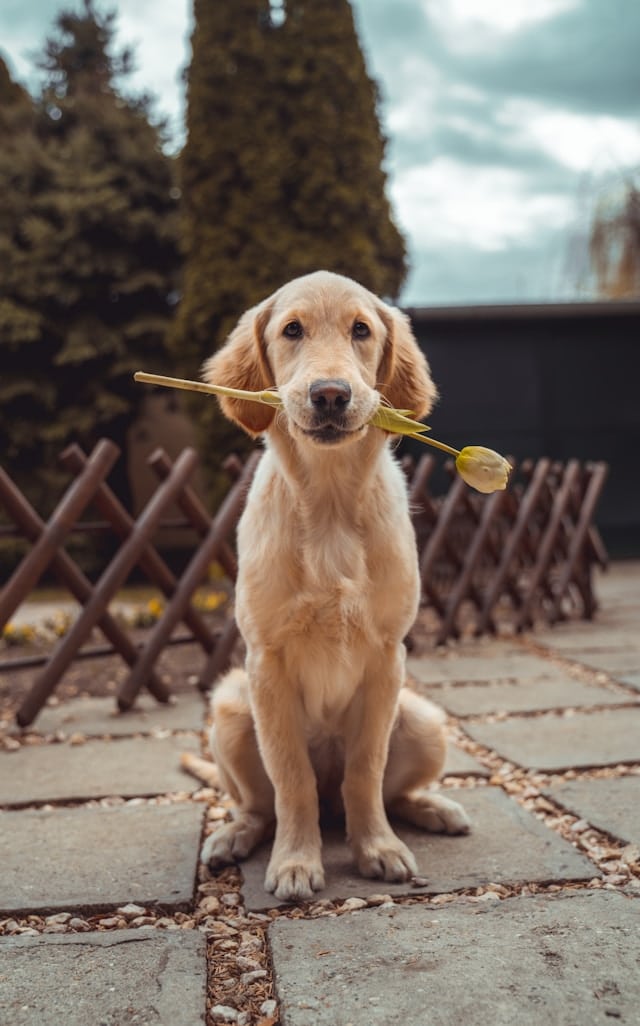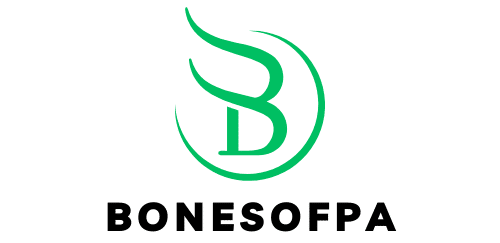How to Care for a Dog’s Surgical Incision During At-Home Recovery?

In the life of every pet owner, there comes a time when their furry friend needs a little extra care. If your dog has recently undergone surgery, it’s crucial to understand the necessary steps to maintain the surgical incision site clean and free of infection. This article will offer an informative guide on how to take care of your pet’s surgical wound during the sensitive recovery period at home.
Recognizing the Signs of a Healing Incision
Healing is a complex process that entails the body’s ability to regenerate itself. Being able to discern the signs of a healthy healing process can keep you one step ahead in securing your pet’s recovery.
Cela peut vous intéresser : How to Train a Labrador Retriever Puppy for Service Tasks in a Wheelchair-Assistance Role?
Typically, a healing incision will appear clean with skin gradually growing together. The site may look pinkish, and a mild swelling around the stitches is normal as it signifies the body’s response to healing. While some dogs may exhibit signs of discomfort, excessive pain should not be the case.
However, signs of trouble might include continuous bleeding, abnormal discharge, or increasing redness around the surgical site. If your pet is excessively licking or biting at the stitches, this may lead to an infection.
A voir aussi : What Are the Best Enrichment Toys for Cognitive Development in Kittens?
Providing a Comfortable Environment
Ensuring your dog has a comfortable and clean environment to recover in will greatly boost the healing process. This includes maintaining your dog’s living area clean, especially the spaces where they sleep or rest most often.
Remember, the cleaner the environment, the less chance there is of harmful bacteria making its way to the incision site. It is also important to keep your pet comfortable, minimizing their need to move around. This will help to avoid strain on the surgical incision and potentially prevent the tearing of stitches.
Monitoring the Incision Site Daily
A vital part of post-surgical care involves daily monitoring of the incision site. It’s crucial to know what the surgical site looked like immediately after the procedure to identify any significant changes.
Look out for any redness, swelling, or discharge around the stitches. It’s also essential to note if the wound appears to be opening or if the stitches are missing. If you notice any of these signs, it’s crucial to contact your vet immediately as this could signal an infection or complications with the healing process.
Administering Pain Management
Pain management is a significant part of your dog’s recovery process. Your vet will likely prescribe pain medication to help ease your dog’s discomfort post-surgery.
Ensure you administer the medication as instructed by the vet. If you notice your dog still appears to be in pain despite the medication, contact your vet. They may need to adjust the dosage or try a different medication.
It’s essential not to administer human pain relievers to your dog without consulting with the vet. Certain pain relievers can be toxic to dogs and could cause severe complications.
Restricting Activity During Recovery
The final point to consider for at-home recovery is restricting your dog’s activity level. This might seem challenging, especially if you have an active breed, but remember, it’s only temporary and for their health.
During this period, avoid strenuous activities such as running or jumping. These activities can put stress on the incision site, potentially causing the stitches to tear. Instead, short, gentle walks are a good way to keep your dog moving without putting undue stress on the surgical site.
During this sensitive time, your best bet is to follow your vet’s advice closely. Remember, the recovery process is temporary, and with the right care, your dog will be back to their normal routine in no time.
Employing the Use of a Cone Collar
If your dog’s stitches are in a location that they can reach with their mouth, your vet will likely recommend using a cone collar (also known as an Elizabethan collar or simply, an "E-collar").
This important tool aids in ensuring that your pet doesn’t lick or chew on the surgical site, which can slow down the healing process, cause infection, or even lead to the removal of the stitches. It’s significant to remember that your dog might initially find the cone collar uncomfortable or annoying. It is, therefore, crucial to monitor them closely to ensure they’re not getting stressed or anxious.
Cone collars come in various sizes and materials; some are hard plastic while others are softer or inflatable. Choice of collar should be based on your dog’s size, breed and comfort level. It’s important to ensure the collar is the right fit; it should be snug but not too tight and should allow your dog to breathe, eat and drink comfortably.
If you find your dog struggling with the cone collar, contact your vet. They may be able to suggest an alternative method of preventing your pet from messing with the incision site such as a recovery suit or inflatable collar.
Post-Surgery Nutrition
Your dog’s diet after surgery plays a critical role in their recovery. Good nutrition can accelerate the healing process, boost their immune system, and help your pet regain their strength.
After surgery, your vet might recommend a special diet to assist your dog recover smoothly. This could include easily digestible foods or meals high in certain nutrients. Canine-friendly probiotics can also be beneficial to restore gut health if your pet was administered a general anesthetic during surgery. Always consult with your vet about the best food options post-surgery.
Keep an eye on your dog’s appetite once they’re home from surgery. A lack of appetite can sometimes be a sign of pain or discomfort. If you notice any changes in your dog’s eating habits, it’s crucial to report this to your vet.
Hydration is equally important. Make sure your dog has access to fresh water at all times, and monitor their drinking habits. If your dog isn’t drinking enough, it may lead to dehydration which can impede the healing process.
Conclusion
The period following pet surgery can be stressful for both the dog and the owner. However, with vigilant care and attention, your dog’s recovery journey can be smooth and efficient. Whether it’s monitoring the dog incision, keeping the living area clean, restraining physical activities, managing pain, or providing a nutritious diet, each step plays a significant role in ensuring a speedy recovery.
Remember that keeping a close eye on your dog for any deviations from normal behavior is critical. Any unusual signs should be promptly reported to your vet. Your furry friend’s well-being rests in your hands during the recovery period, so it’s vital to do everything in your power to help them heal.
